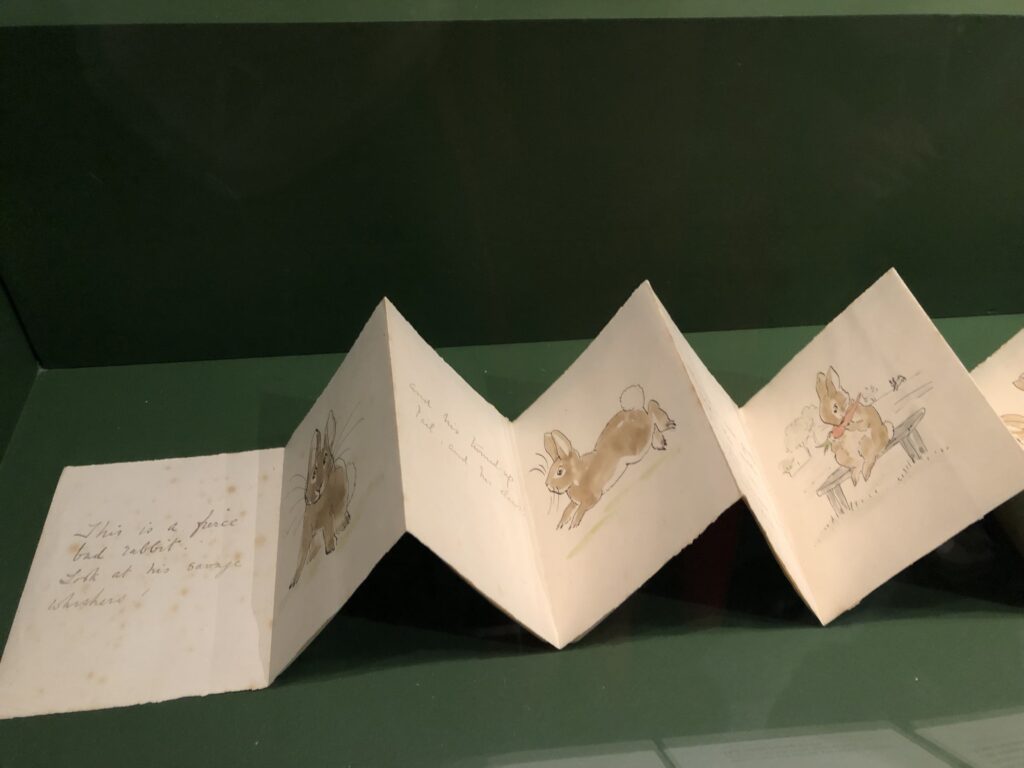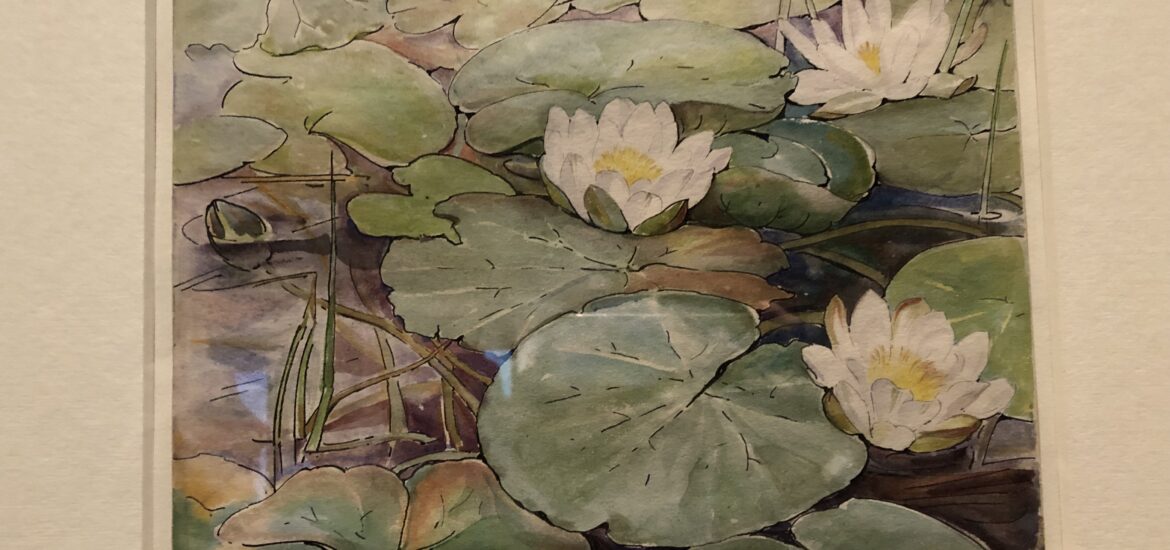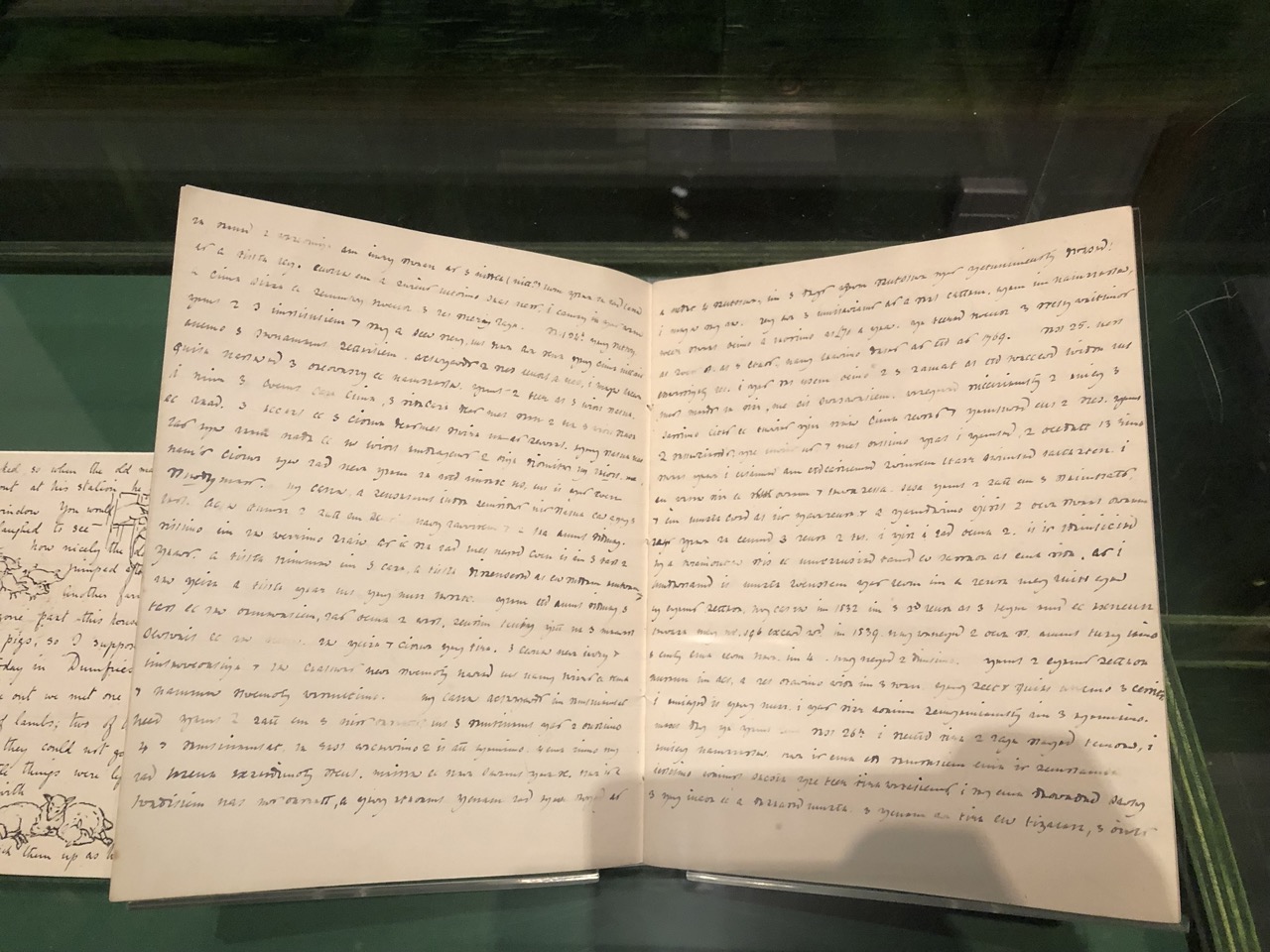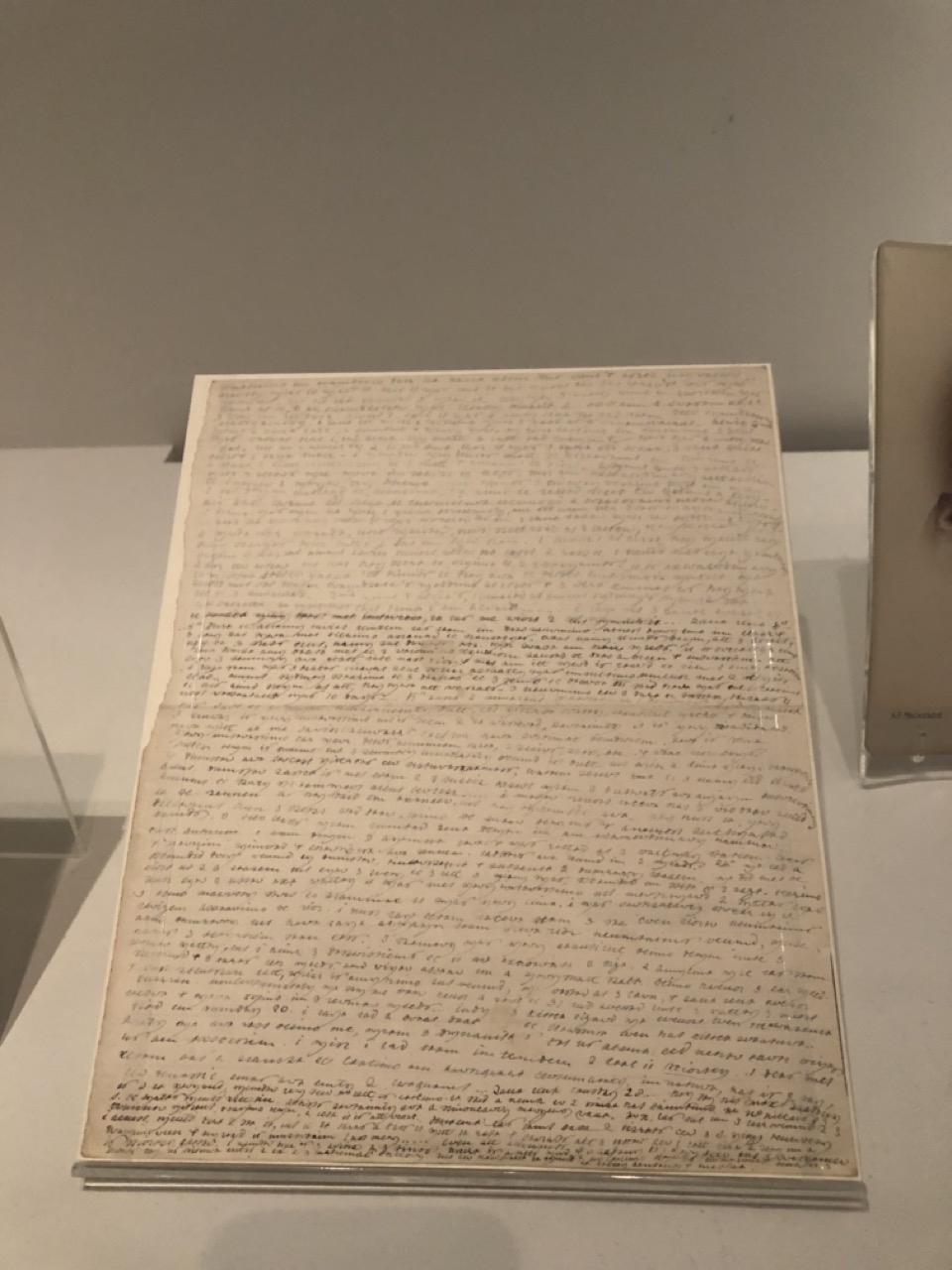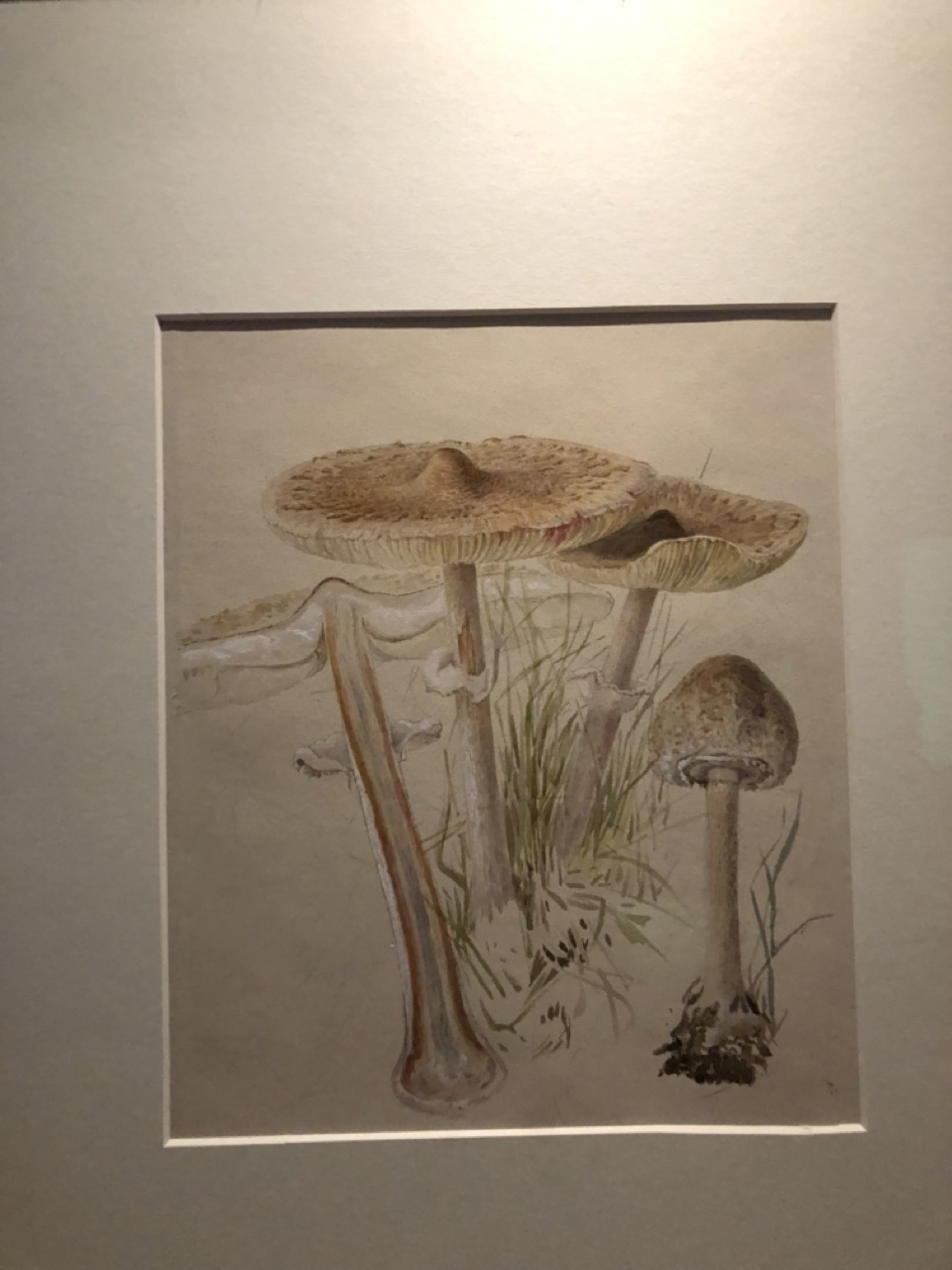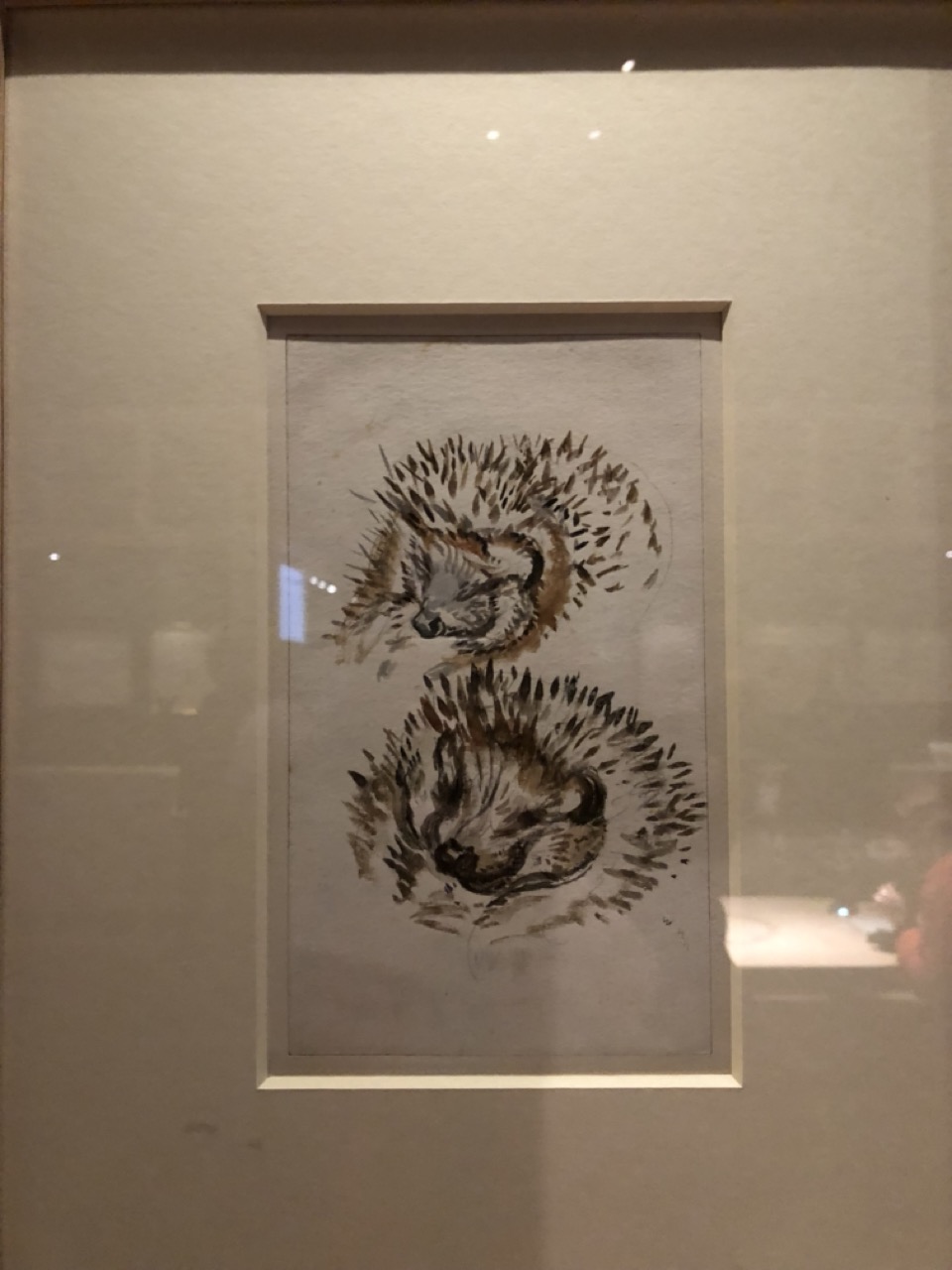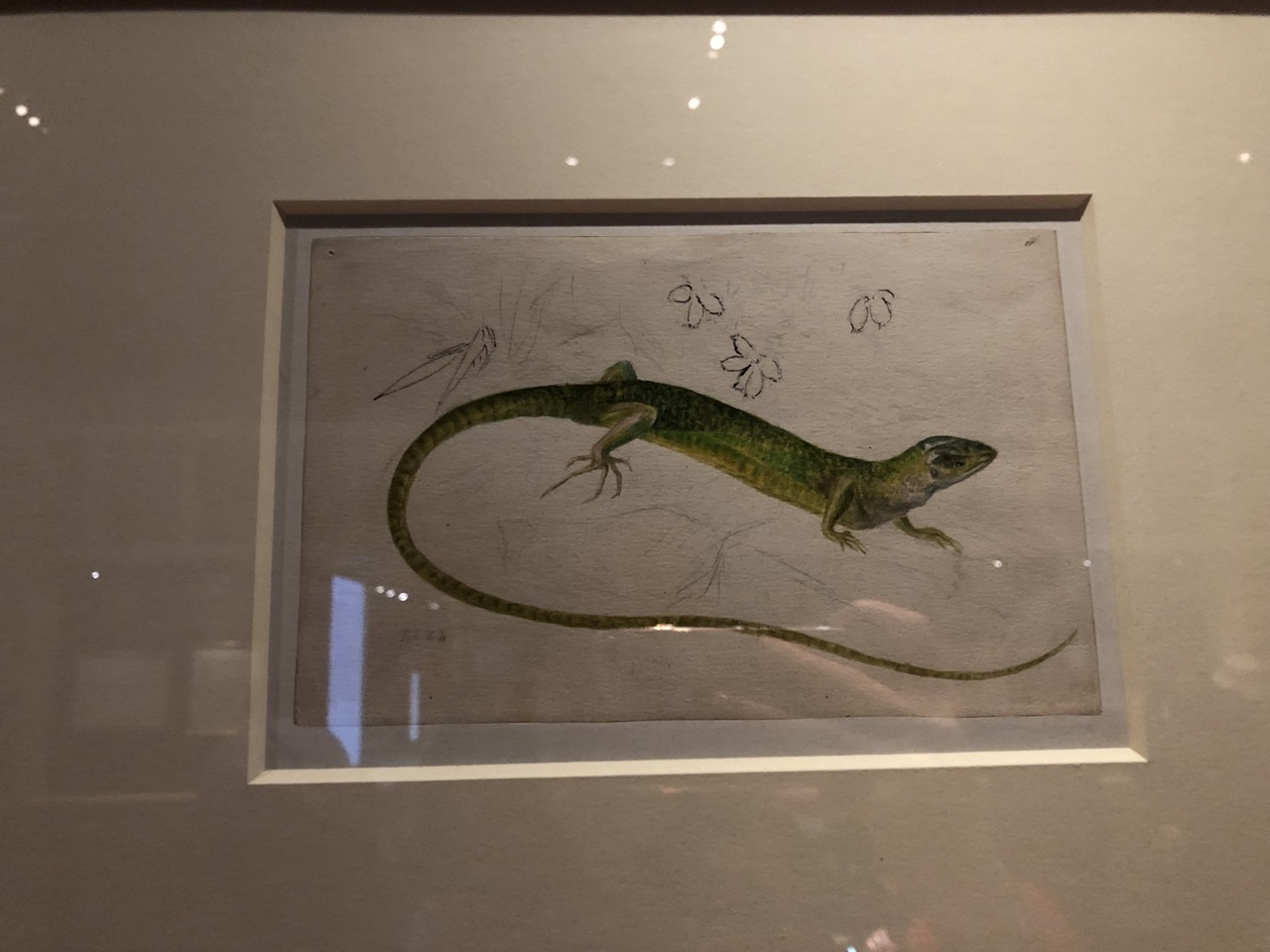Beatrix Potter’s appreciation for nature inspired her art. The exhibition at the Victoria and Albert Museum explores her creative process through sketches, letters and photographs, tracing the timeline of her life from childhood to old age. All throughout, her dedication to her craft and to natural landscapes is apparent. Nature conservation was one of her main priorities after she bought Hill Top farm in the Lake District in 1905 with the money she made from her books.
Beatrix Potter came from a family of artists. Her father, Rupert, was a lawyer and photographer who enjoyed drawing, and her brother, Bertram, was a painter and illustrator. Many of Beatrix’s relatives were engaged with art in one way or another, so from an early age she was immersed in a creative world. Pursuing an interest in wildlife, she made elaborate sketches and illustrations of insects, animals and fungi, and, impressively, for many years she kept up a diary written in code.
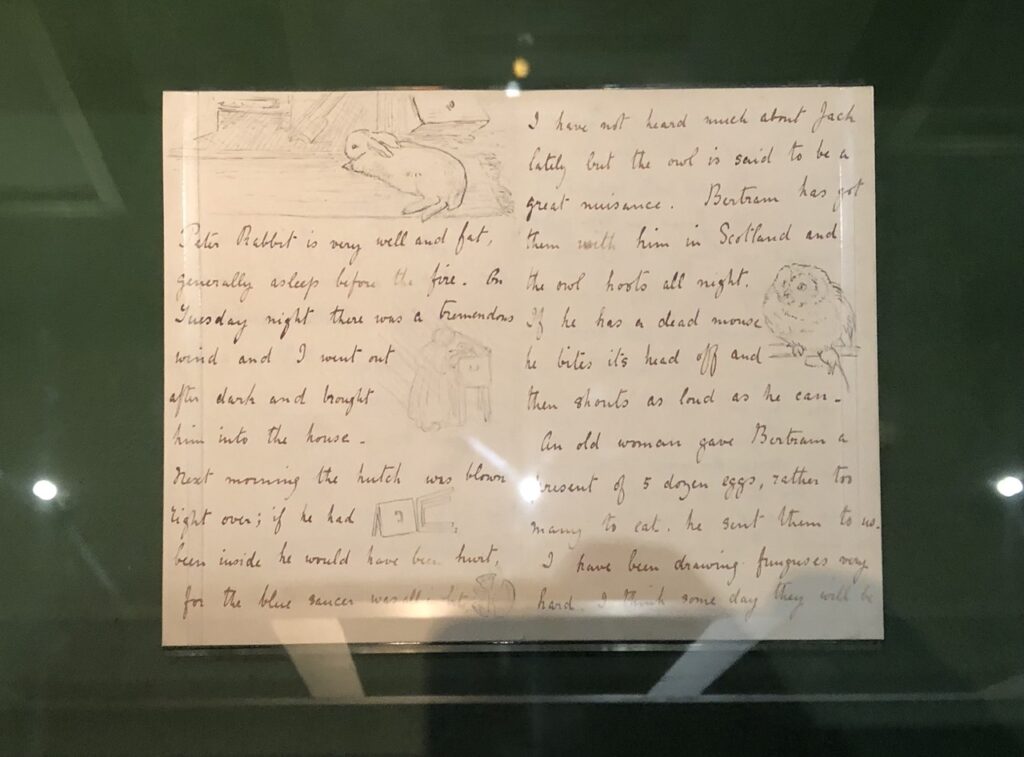
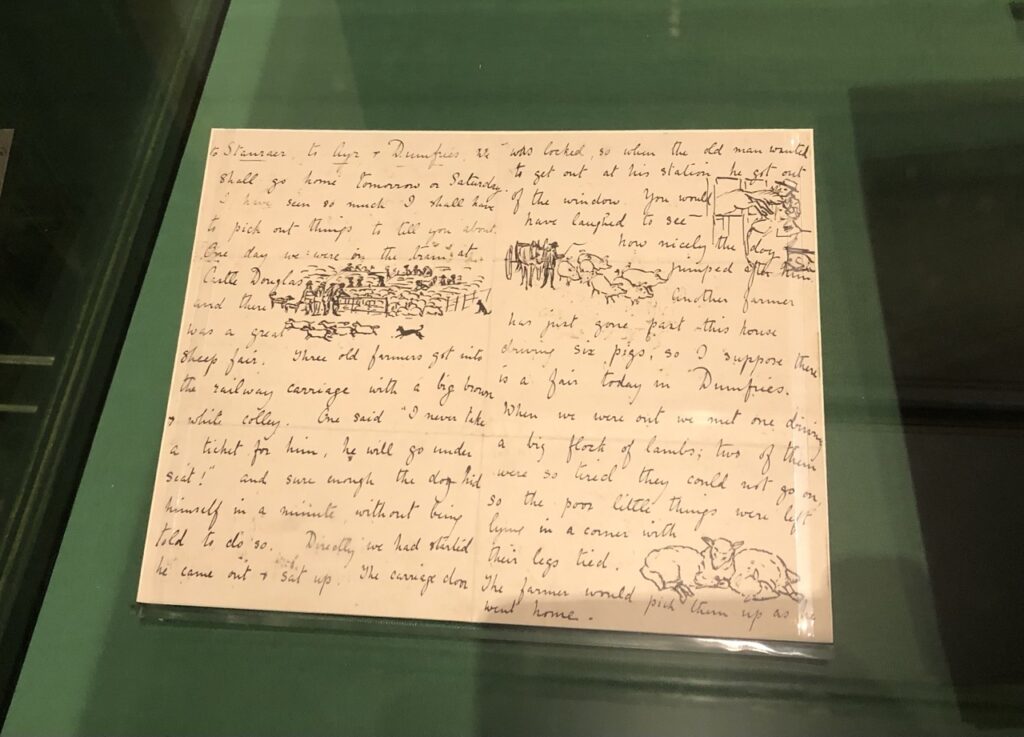
Beatrix Potter’s illustrated letters to friends hint at the unique style that would become so distinctly associated with her books, from Peter Rabbit to the Flopsy Bunnies. The personable quality of the letters is visible in her “little books” series which she intended to be accessible to young readers.
She also drew inspiration from the Victoria and Albert Museum. The V&A and Natural History Museum were not far from where she lived in Kensington, and she would visit them for ideas for her stories. A highlight of the exhibition was the identification of the waistcoat which inspired the fabric that the mouse is sewing in the illustration for The Tailor of Gloucester. The fact that Beatrix Potter grew up in Kensington lends a special tone of familiarity to the exhibition.
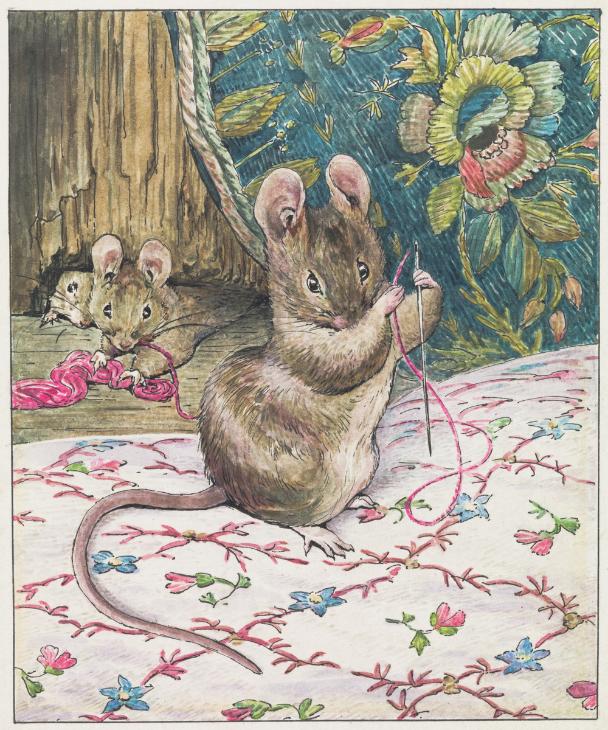
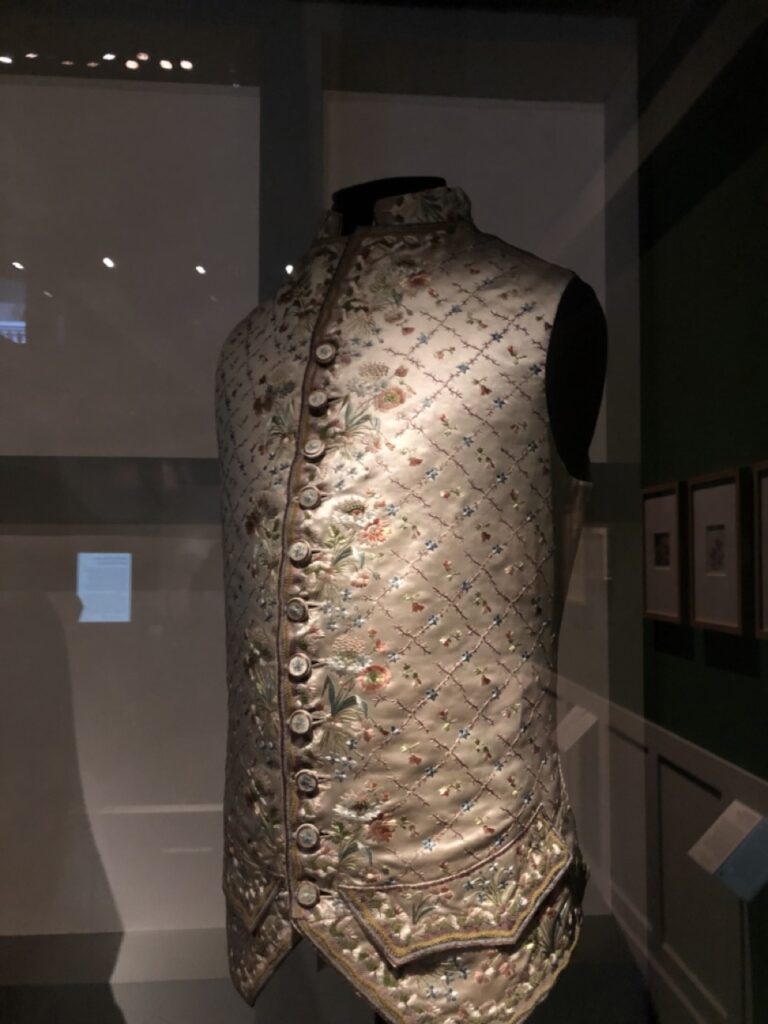
One of the surprises of this exhibition of works by Beatrix Potter was to see her not only as an artist and writer but very much as a scientist. The sources of her inspiration were varied and ranged from the museums and galleries of London to the greenery of the country. Her love of nature shines through her stories and the iconic characters that have become dear to so many readers from this century and the past one.
